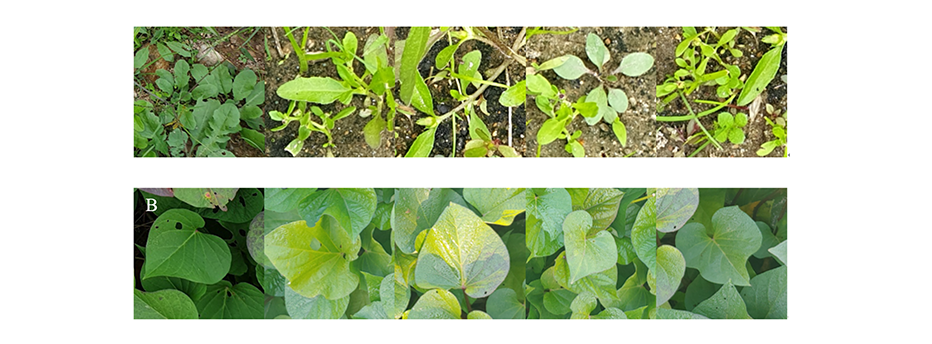Abstract
The purpose of this study was to discriminate weed in sweet potato field automatically by using Image-based learning, deep learning. First, weed images were captured using various kind of devices in sweet potato farmhouse. The collected images have big size, and each image was cropped into 224 × 224 pixels at random region in the raw image for constructing training set. The total number of cropped images was 2786 and they were divided into training, verification and test sets. Second, transfer learning technique was employed to train the deep learning model efficiently. The VGG16-based model was constructed and the weights was pre-trained on ImageNet dataset. The model training and verification were repeated 100 times using training and validation set, respectively. The model training results show that loss and accuracy for validation set were 0.003 and 99.0% at 60th epochs which was the best figure. Averaged performance for weed classification was evaluated to be 0.990, 0.990, 0.990 and 0.990 for accuracy, recall, precision, and F1 Score, respectively. Considering the overall results, weed could be classified automatically from sweet potato scene by using deep learning. In order to utilize in the field, model optimization with various kind of sweet potato field weed images is required.
Figures & Tables

Fig. 1. Results of image measurement and cropping for deep-learning. (A) Weed, (B) Sweet potato leaves.


